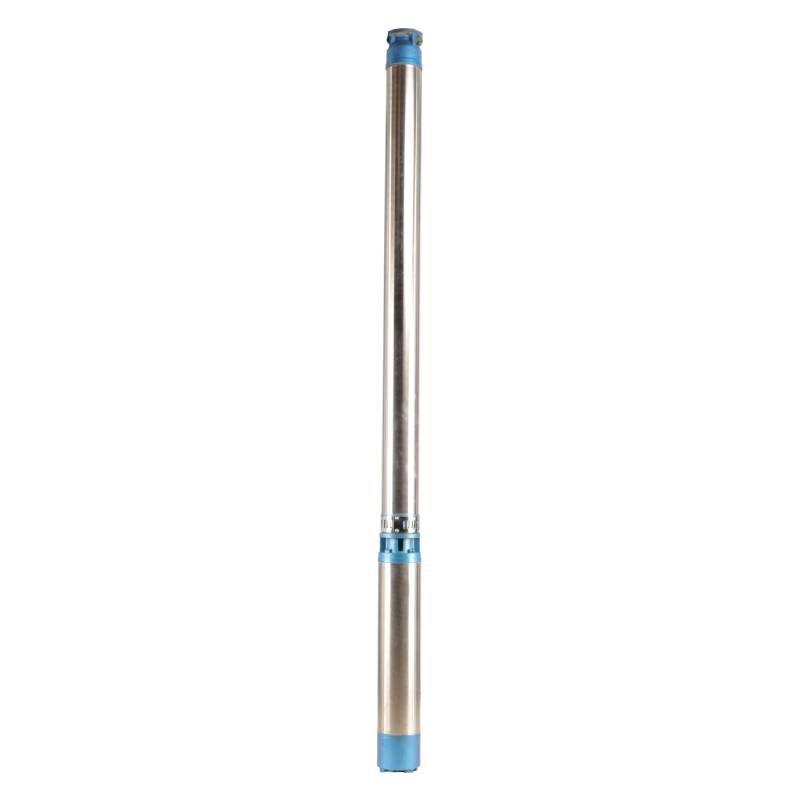ធ្នូ . 16, 2024 12:01 Back to list
Design and Specifications for Submersible Pump Technical Illustrations
Submersible Pump Drawing An Essential Guide
Submersible pumps are crucial devices used in various applications, including groundwater extraction, sewage management, and industrial dewatering. Understanding the drawing and design of submersible pumps is essential for engineers, designers, and technicians involved in their production and maintenance. This article aims to provide a comprehensive overview of submersible pump drawings, focusing on their components, design considerations, and applications.
What is a Submersible Pump?
A submersible pump is a type of pump that is designed to operate while submerged in fluid. It consists of a motor and an impeller, which work together to push the fluid to the surface through a discharge pipe. The primary advantage of submersible pumps is their efficiency in moving fluids from deep underground or submerged areas, making them perfect for applications like drainage, well pumping, and wastewater management.
Components of a Submersible Pump Drawing
A submersible pump drawing typically includes several key components
1. Motor Housing The housing encases the motor and is essential for protecting it from water and other environmental elements. This part must be airtight to prevent any liquid intrusion.
2. Impeller The impeller is a rotating component that imparts energy to the fluid, allowing it to move upwards. The design of the impeller directly affects the pump's performance and efficiency.
3. Suction Strainer This component prevents larger debris or particles from entering the pump, which can cause clogs or damage. The design of the strainer is critical as it needs to balance flow efficiency with preventing clogging.
4. Discharge Head The discharge head is where the pumped fluid exits the system. It must be robust enough to handle pressure changes and should be compatible with the piping system used.
5. Seal System Proper sealing is vital in submersible pumps to restrict fluid from reaching the motor. Seal systems can vary, using materials like rubber or mechanical seals to provide effective barriers.
6. Bearings Bearings within the pump help support rotating components and reduce friction. Proper selection of these components is vital for smooth operation and longevity.
submersible pump drawing

Key Design Considerations
When creating a submersible pump drawing, several design considerations are paramount
- Operational Depth Designers must account for the depth at which the pump will operate, which affects material choices and structural integrity.
- Fluid Characteristics The type of fluid being pumped—whether it is clean water, sewage, or corrosive substances—can significantly determine the materials and design features needed.
- Efficiency Pump efficiency is essential for minimizing energy consumption and operational costs. Designers should optimize the impeller and motor selection to achieve the best performance.
- Maintenance Simplifying maintenance procedures, such as making seal replacements easier, can enhance the pump's usability and reduce downtime.
- Environmental Impact Consideration of the environmental impact, such as energy consumption and emissions, should guide the selection of materials and technologies during the design process.
Applications of Submersible Pumps
Submersible pumps find applications across various sectors
- Agriculture Used for irrigation and water supply systems. - Construction Employed for dewatering excavations and construction sites. - Wastewater Management Vital for sewage treatment and drainage systems. - Mining Utilized for dewatering mine shafts and managing excess water.
Conclusion
A submersible pump drawing is a critical document that encapsulates the intricate details of creating a functional and efficient pump. Understanding the components, design considerations, and applications of submersible pumps can aid engineers and technicians in developing reliable systems that meet specific needs. By prioritizing design efficiency, environmental considerations, and ease of maintenance, submersible pumps can continue to play a significant role in fluid management across various industries. Whether for residential, commercial, or industrial use, the evolution of submersible pump design will undoubtedly continue to enhance operational efficiencies and sustainability.
-
Submersible Water Pump: The Efficient 'Power Pioneer' of the Underwater World
NewsJul.01,2025
-
Submersible Pond Pump: The Hidden Guardian of Water Landscape Ecology
NewsJul.01,2025
-
Stainless Well Pump: A Reliable and Durable Pumping Main Force
NewsJul.01,2025
-
Stainless Steel Submersible Pump: An Efficient and Versatile Tool for Underwater Operations
NewsJul.01,2025
-
Deep Well Submersible Pump: An Efficient 'Sucker' of Groundwater Sources
NewsJul.01,2025
-
Deep Water Well Pump: An Efficient 'Sucker' of Groundwater Sources
NewsJul.01,2025
-
 Submersible Water Pump: The Efficient 'Power Pioneer' of the Underwater WorldIn the field of hydraulic equipment, the Submersible Water Pump has become the core equipment for underwater operations and water resource transportation due to its unique design and excellent performance.Detail
Submersible Water Pump: The Efficient 'Power Pioneer' of the Underwater WorldIn the field of hydraulic equipment, the Submersible Water Pump has become the core equipment for underwater operations and water resource transportation due to its unique design and excellent performance.Detail -
 Submersible Pond Pump: The Hidden Guardian of Water Landscape EcologyIn courtyard landscapes, ecological ponds, and even small-scale water conservancy projects, there is a silent yet indispensable equipment - the Submersible Pond Pump.Detail
Submersible Pond Pump: The Hidden Guardian of Water Landscape EcologyIn courtyard landscapes, ecological ponds, and even small-scale water conservancy projects, there is a silent yet indispensable equipment - the Submersible Pond Pump.Detail -
 Stainless Well Pump: A Reliable and Durable Pumping Main ForceIn the field of water resource transportation, Stainless Well Pump has become the core equipment for various pumping scenarios with its excellent performance and reliable quality.Detail
Stainless Well Pump: A Reliable and Durable Pumping Main ForceIn the field of water resource transportation, Stainless Well Pump has become the core equipment for various pumping scenarios with its excellent performance and reliable quality.Detail
